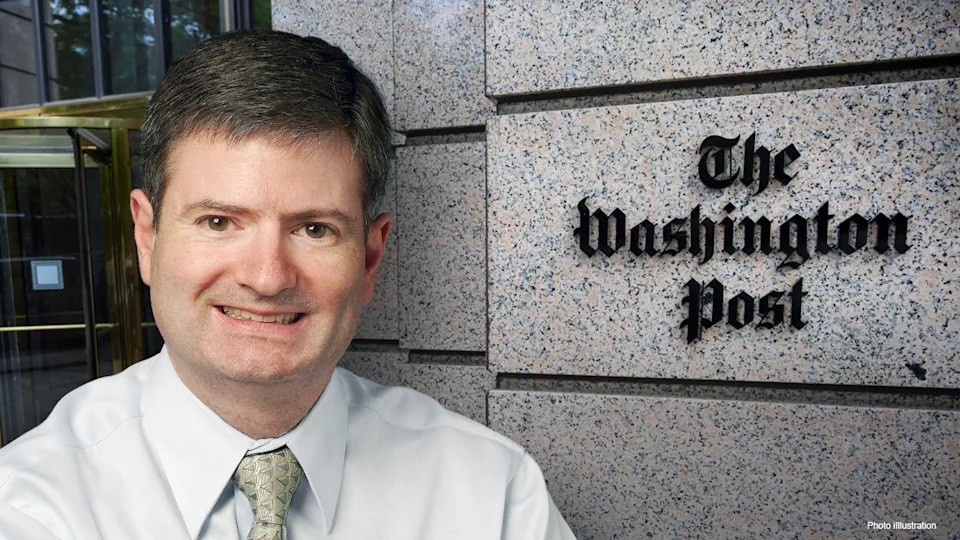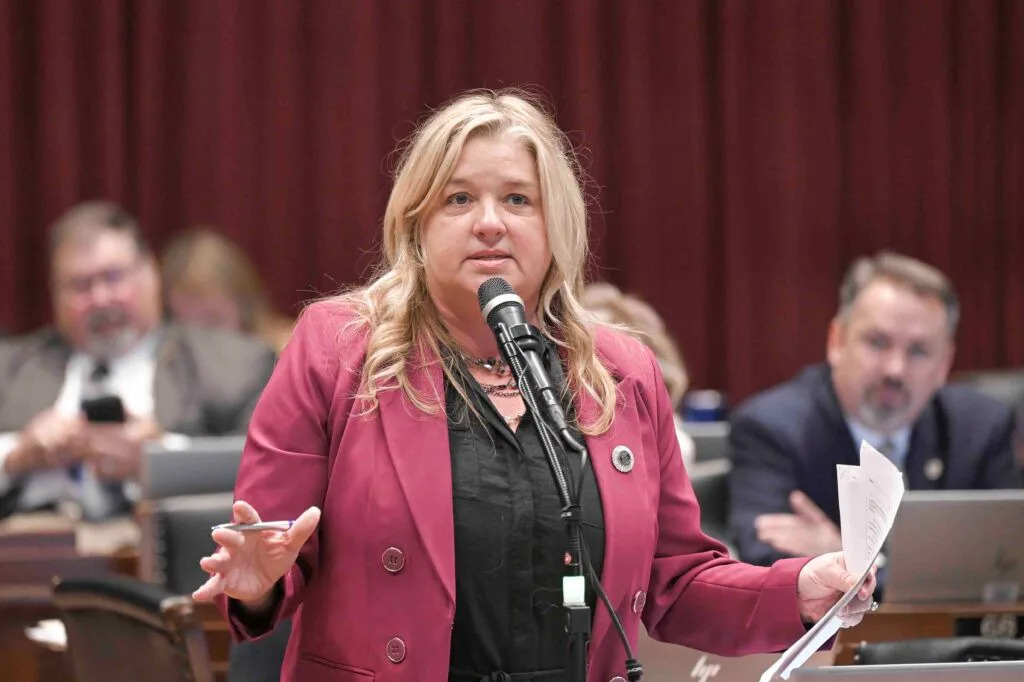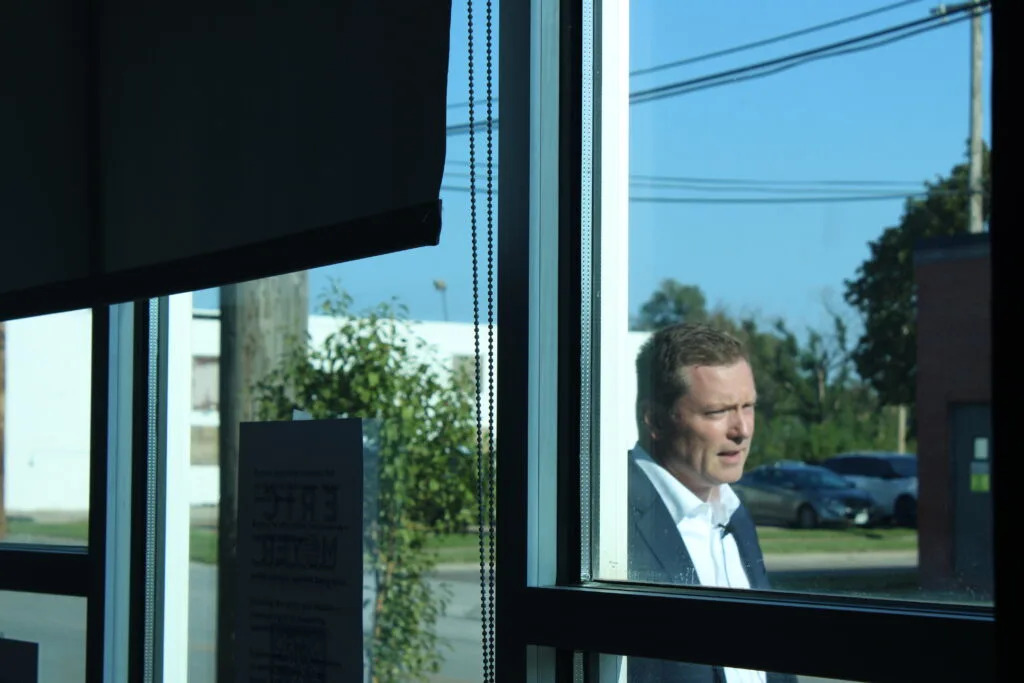
Ohio college students and protesters rally at the Statehouse on March 19, 2025, against Senate Bill 1, a higher education overhaul that bans diversity efforts and faculty strikes, and sets rules around classroom discussion, among other things. (Photo by David DeWitt, Ohio Capital Journal.)
Ohio college students are navigating the ramifications of the state’s new higher education law that bans diversity efforts, prohibits faculty strikes, and regulates classroom discussion.
Ohio Gov. Mike DeWine signed Senate Bill 1 into law on March 28 after it quickly passed the House and Senate earlier this year. Ohio S.B. 1 went into effect nearly two months ago.
S.B. 1 creates post-tenure reviews, puts diversity scholarships at risk, sets rules around classroom discussion, and creates a retrenchment provision that blocks unions from negotiating on tenure, among other things. The law affects Ohio’s public universities and community colleges.
Diversity centers across Ohio’s public universities have closed because of the new higher education law.
“I feel like it’s almost a grieving process where I know for a fact that the Pride Center is gone,” said Ohio University senior Audrey Ansel. “I know that that office space is empty — I helped empty it out — but it still just feels strange, and it’s not something I had ever imagined would happen.”
SUBSCRIBE: GET THE MORNING HEADLINES DELIVERED TO YOUR INBOX
Ohio University sunsetted the Division of Diversity and Inclusion which included the Pride Center, the Women’s Center and the Multicultural Center. Ansel lost her job at the Pride Center when it closed and has been unable to find a different job on campus.
“It is just frustrating having done all of that work and (having) put so much of myself into the Pride Center for three years,” Ansel said. “I will always be proud of that, but it’s hard when that physical representation of that work is gone.”
The Pride Center was a big reason Ansel chose to go to OU.
“I don’t regret going to school here, and I’ll never regret going to school here. … But it feels like a betrayal,” she said.
OU’s Pride Center served not only the campus community, but also the city of Athens.
“This (was) a hub for queer people in southern Ohio,” Ansel said. “I think that was something that was unique about the Pride Center, was that it wasn’t just exclusive to students, and I always appreciated that. … Community members are going to suffer without that resource.”
Kent State University’s LBGTQ+ Living-Learning Community was one of the main reasons Chloe Ripoli chose to go to Kent State, but it now no longer exists because of the new law.
“As someone who got to experience the LLC the last year that it was in place, knowing that no one else would have that experience was really heartbreaking to me,” said Ripoli, a 19-year-old sophomore.
Ripoli was planning on going to the LGBTQ+ Center more this year, but is unable to do so since the new law closed the center.
“I no longer have access to that safe space,” Ripoli said.
Nica Delgado, a graduate student at Kent State, said she previously found solace at the E. Timothy Moore Student Multicultural Center during her undergraduate years at Kent State.
“It gave me a community that I could lean on,” she said. “It also provided a space that I knew on campus was for me.”
The center closed after S.B. 1 took effect this summer.
“It makes me fearful for the safety of students to not have that space that is for them,” Delgado said.
Members of Youngstown State University’s chapter of the Ohio Education Association tried unsuccessfully to get a referendum on the Nov. 4 ballot to stop S.B. 1., but fell about 53,000 signatures short.
Follow Capital Journal Reporter Megan Henry on Bluesky.








Comments